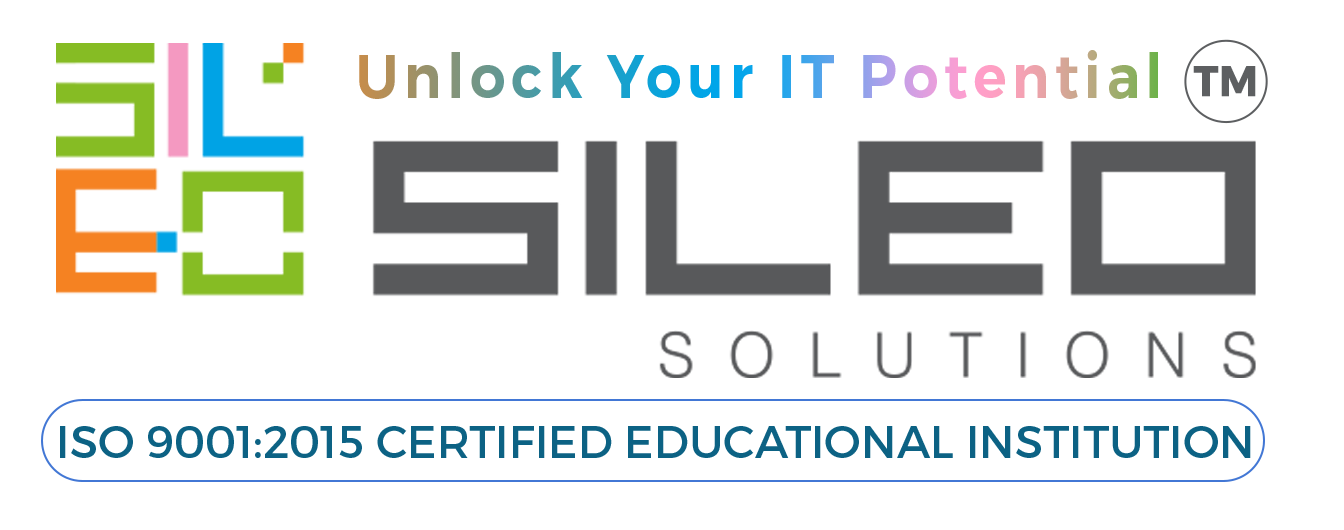CCNP Enterprise
CCNP (Cisco Certified Network Professional) Enterprise is a non-amateur level certification of routing and switching technologies since it lets an individual learn about planning, implementing, verifying, and troubleshooting the local and widely spread Cisco networks. The CCNP Enterprise certification covers advanced routing, switching, troubleshooting, security, SDN etc. that will help you in preparing for the CCNP Enterprise certification exam.
Exam required
350-401 :- CISCO ENTERPRISE NETWORK CORE TECHNOLOGIES (ENCOR)
300-410 :- Implementing Cisco Enterprise Advanced Routing and Services (ENARSI)
Prerequisites
Before taking this course, you should have:
- Basic computer literacy
- Basic PC operating system navigation skills
- Basic Internet usage skills
- Basic IP address knowledge
350-401 :- CISCO ENTERPRISE NETWORK CORE TECHNOLOGIES (ENCOR)
This exam tests your knowledge and skills related to implementing core enterprise network technologies, including:
Dual stack (IPv4 and IPv6) architecture
Virtualization
Infrastructure
Network assurance
Security
Automation
MODULE 1 -ARCHITECTURE
1. Explain the different design principles used in an enterprise network
2. Analyze design principles of a WLAN deployment
3. Differentiate between on-premises and cloud infrastructure deployments
4. Explain the working principles of the Cisco SD-WAN solution
5.Explain the working principles of the Cisco SD-Access solution
6. Describe concepts of wired and wireless QoS
7. Differentiate hardware and software switching mechanisms
MODULE- 2 VIRTUALIZATION
1. Describe device virtualization technologies
2. Configure and verify data path virtualization technologies
3.Describe network virtualization concepts
MODULE-3 INFRASTRUCTURE
1. Layer 2
2. Layer 3
3. Wireless
4.IP Services
MODULE -4 NETWORK ASSURANCE
1.Diagnose network problems using tools such as debugs, conditional debugs,trace route, ping, SNMP, and syslog
2.Configure and verify device monitoring using syslog for remote logging
3.Configure and verify NetFlow and Flexible NetFlow
4.Configure and verify SPAN/RSPAN/ERSPAN
5.Configure and verify IPSLA
6. Describe Cisco DNA Center workflows to apply network configuration, monitoring, and management
7.Configure and verify NETCONF and RESTCONF
MODULE -5 SECURITY
1. Configure and verify device access control
2.Configure and verify infrastructure security features
3.Describe REST API security
4.Configure and verify wireless security features
5.Describe the components of network security design
MODULE -6 AUTOMATION
1.Interpret basic Python components and scripts
2.Construct valid JSON encoded file
3.Describe the high-level principles and benefits of a data modeling language, such as YANG
4.Describe APIs for Cisco DNA Center and vManage
5.Interpret REST API response codes and results in payload using Cisco DNA Center and RESTCONF
6.Construct EEM applet to automate configuration, troubleshooting, or data collection
7.Compare agent vs. agentless orchestration tools, such as Chef, Puppet, Ansible, and SaltStack
300-410 :- Implementing Cisco Enterprise Advanced Routing and Services (ENARSI)
This exam tests your knowledge of implementation and troubleshooting for advanced routing technologies and services, including:
Layer 3
VPN services
Infrastructure security
Infrastructure services
Infrastructure automation
MODULE 1-LAYER 3 TECHNOLOGIES
1.Troubleshoot administrative distance (all routing protocols)
2.Troubleshoot route map for any routing protocol (attributes, tagging, filtering)
3.Troubleshoot loop prevention mechanisms (filtering, tagging, split horizon, route poisoning)
4.Troubleshoot redistribution between any routing protocols or routing sources
5.Troubleshoot manual and auto-summarization with any routing protocol
6.Configure and verify policy-based routing
7. Configure and verify VRF-Lite
8. Describe Bidirectional Forwarding Detection
9.Troubleshoot EIGRP (classic and named mode)
10.Troubleshoot OSPF (v2/v3)
11.Troubleshoot BGP (Internal and External)
MODULE 2-VPN TECHNOLOGIES
1.Describe MPLS operations (LSR, LDP, label switching, LSP)
2.Describe MPLS Layer 3 VPN
3.Configure and verify DMVPN (single hub)
MODULE 3-INFRASTRUCTURE SECURITY
1.Troubleshoot device security using IOS AAA (TACACS+, RADIUS, local database)
2.Troubleshoot router security features
3.Troubleshoot control plane policing (CoPP) (Telnet, SSH, HTTP(S), SNMP, EIGRP, OSPF, BGP)
4.Describe IPv6 First Hop security features (RA guard, DHCP guard, binding table, ND inspection/snooping, source guard)
MODULE 4-INFRASTRUCTURE SERVICES
4.1 Troubleshoot device management
2.Troubleshoot SNMP (v2c, v3)
3.Troubleshoot network problems using logging (local, syslog, debugs, conditional debugs, timestamps)
4.Troubleshoot IPv4 and IPv6 DHCP (DHCP client, IOS DHCP server, DHCP relay, DHCP options)
5.Troubleshoot network performance issues using IP SLA (jitter, tracking objects, delay, connectivity)
6.Troubleshoot NetFlow (v5, v9, flexible NetFlow)
7.Troubleshoot network problems using Cisco DNA Center assurance (connectivity, monitoring, device health, network health)

